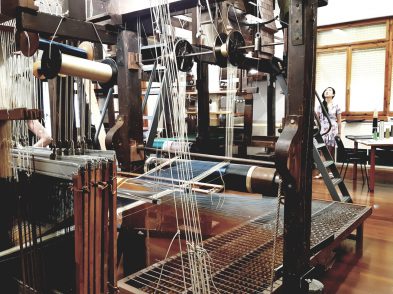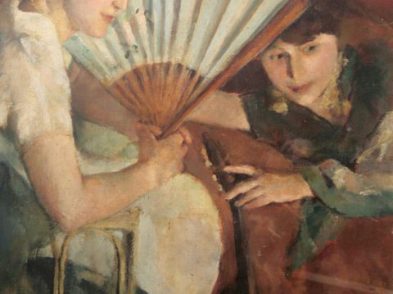In a city where breakfast means little more than a brioche and a coffee, “breakfast scene” paintings have been popular for centuries. The Medici love for still life gave value to a genre that was originally at the bottom of the painting pyramid. Works that focused on food and flowers were cheap to produce and before the Medici championed them as works of aesthetic pleasure and scientific knowledge, they could be sold in open marketplaces for minimal sums. (Many experts trace the abundance of female Golden Age flower painters to this very reason.) Gracefully painted breakfast scenes with ripe or over-ripe fruit and sometimes wilting flowers often cost less than a fresh-cut bouquet. Interestingly, the genre term “still life” was coined in the Netherlands in 1650, while Italians still use the term “dead nature” or natura morta.
Dutch still-life artist Rachel Ruysch (Amsterdam, 1664–1750) was a Baroque painter who specialized in minutely detailed still-life paintings. Her father, the renowned botanist Frederik Ruysch, introduced her to the study of plants and animals in his laboratory-museum. By age 14, she was drawing the specimens that filled her father’s laboratory and capturing the innate character of each subject with meticulous precision. Her painted vases and bowls, brimming with spring and winter flowers, fruit and hovering insects, show her careful observation of still-life subjects. Because of this exceptional talent, her father sent her to study with master still-life specialist Willem van Aelst.
Ruysch married portrait painter Juriaen Pool in 1693 and moved to The Hague. In 1708, they became court painters for the Elector Palatine Johann Wilhelm II and his wife Anna Maria Luisa de’ Medici. The Elector Palatine ruled from Dusseldorf but gave Ruysch and her husband permission to remain in Amsterdam, for she had 10 children to tend to. She produced a single painting for Wilheim II each of the eight years she was part of his court. During her time, Ruysch’s private commissions were worth more than the cost of a Rembrandt! In 1699, she became the first woman member of the Confrerie Pictura, The Hague’s confraternity for painters.
In 1716, Johann Wilhelm II sent his father-in-law Cosimo III, the grand duke of Tuscany, Ruysch’s Still Life with Fruit, Flowers and Insects and Still Life with Basket full of Flowers and Herbs with Insects, both of which are in the Uffizi storages. Two of her other works, Still Life with Fruits, Flowers, Reptiles and Insects and Bouquet of Flowers in Vase with Pomegranates, are in the Palatine Gallery’s Sala dei Putti, a room that only opens on a rotating basis. My hope remains as always, that these invisible works, so prized by the Medici, including Anna Maria Luisa, whom Florence recently commemorated, will soon be returned to the public eye.









